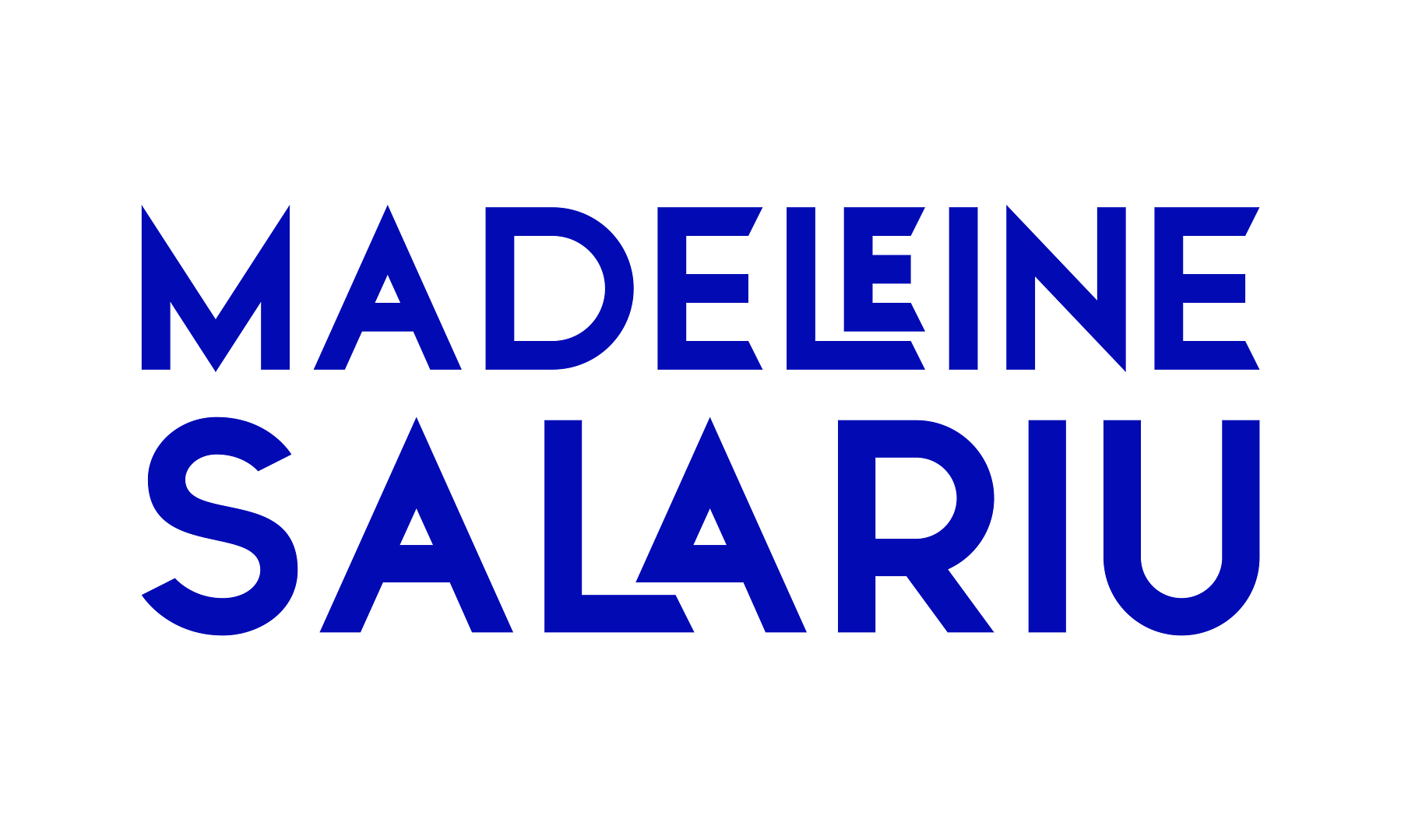When you’re a company director, it’s not just your business taxes that you need to be on top of. Submitting a self-assessment tax return to account for your personal income tax is one responsibility, but you also need to be aware of any capital gains and the tax implications when making a gain on the disposal of an asset.
Capital Gains Tax (CGT) can have an impact on your personal wealth planning as a director.
The key things to know about Capital Gains Tax
Your assets are the tangible and intangible things that you own – for example, the shares you own in your business, any property you own, or substantial items like cars and artworks etc.
If you buy and sell assets with the intention of making a profit, any profit is likely to be treated as trading income, and taxed in the same way as any other business income. However, if the assets are held for any purpose other than trading, then any profit will fall under the CGT rules.
- There is a tax-free allowance – currently £12,300 – which can be deducted from any capital gains that you make. Any capital losses made can be deducted from any gains realised. If this results in an overall loss, that net loss can be carried forward and used against future profits.
- The normal rate of capital gains tax is 10% for any gains which count towards your basic-rate rate, increasing to 20% for anything taxed in a higher bracket. Specifically for gains on residential property, the rates are 18% and 28% accordingly.
- Where capital gains don’t exceed the tax-free allowance, it’s not necessary to report them on a tax return unless the sales value exceeds four times the tax-free allowance AND you’re already registered for self-assessment. In all other cases, it must be included in your self-assessment return.
- For property sales, in addition to including it in the tax return, it must be separately reported to HM Revenue & Customs (HMRC) through an online ‘Capital Gains Tax on UK Property’ account within thirty days of the transaction, and the capital gains tax due paid at the same time.
Calculating the profit for CGT
Calculating the profit for CGT purposes is relatively straightforward but does vary according to the type of asset that’s being disposed of.
The most common types of asset are:
Stocks and Shares
- In this scenario, you hold shares for a period of time and make a profit when you dispose of some, or all, of them. The profit is generally the difference between what you sold the shares for, less what you paid for them, after deducting any broker or dealing charges.
- Shares are generally pooled, so if you purchased the same class of share in any particular company over a period of time in multiple transactions, the total purchase price for all the shares would be added together, and be divided by the total number of shares acquired. The shares that are pooled together are called a Section 104 Holding. Generally, you use the average cost per share of those shares to calculate the profit when you sell them.
- There are two main exceptions to this, where specific purchases of relevant (i.e. same company, same class) shares need to be attributed to specific disposals.
- The Same Day Rule states that any shares are firstly matched against any relevant shares purchased on the same day.
- The Bed and Breakfasting Rule is applied next, and attempts to match any share disposals against any shares purchased in the following thirty days.
- After these have been used, where applicable, any remaining disposals are taken from the Section 104 Holding.
Personal possessions sold for £6,000 or more
- ‘Personal possessions’ usually covers assets like jewellery, antiques and works of art. You don’t pay tax on any profit you make selling your car, unless it’s been used for business. Unlike stocks and shares, these will be specific, readily identifiable items.
- The profit is normally what you sold the item for, less what it cost, after deducting dealing costs, commission and similar charges.
- Where the item was sold for no more £15,000 you can calculate a ‘deemed profit’ by deducting £6,000 from the sales proceeds and multiplying the result by 1.667. If that comes to less than the actual profit, you can use this calculated value instead.
Residential Property
- Your principal private residence is generally exempt from capital gains tax, unless it’s either partly used for business purposes, or has been rented out during your period of ownership. In this case part of any profit could be subject to capital gains.
- For any home which hasn’t always exclusively been your principal residence then any profit on disposal will be subject to capital gains tax.
- The total gain is the difference between what it was sold for, less the purchase price, less the cost of any improvements and less costs involved in both buying and selling the property. The taxable gain may be lower if any deductions or reliefs are available
Talk to us about how planning for CGT
As a company director, CGT isn’t something you’re likely to come across on a regular basis. But when you do have assets to dispose of, it’s important to make sure that the tax documentation is completed fully, correctly and in a timely manner.
If you’re planning to sell some existing assets, come and talk to us first. We can review your position and talk through any possible capital gains tax and reporting obligations. This is especially important when selling a residential property. Even if the property is your main or only house, let us know as soon as possible so we can help you determine whether or not there are any issues to consider – and can help you plan for these CGT challenges.
Get in touch to talk about your CGT position.
